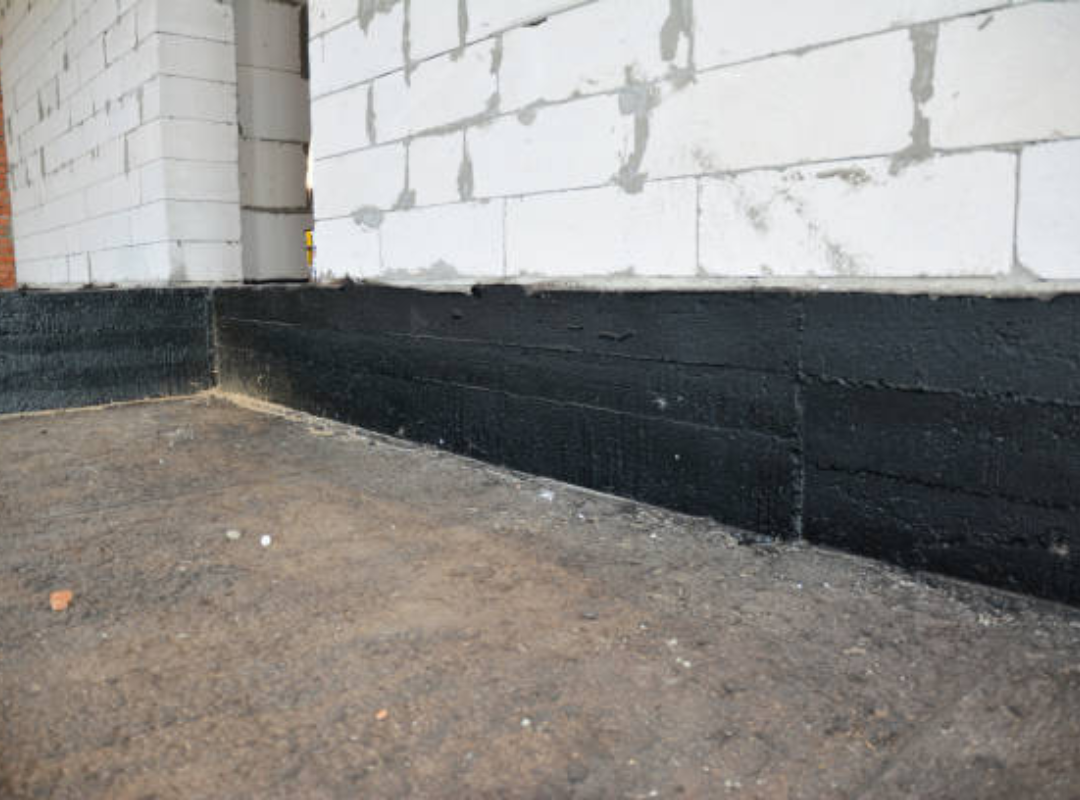
Basements are integral to any home, often serving as additional living space, storage, or utility areas. However, they are particularly prone to water infiltration, leading to significant structural damage and health concerns like mold growth. Implementing effective basement waterproofing strategies is essential to protect your home, maintain its value, and ensure a safe and comfortable living environment. In this article, we’ll explore the best practices for basement waterproofing, equipping you with the knowledge to keep your basement dry and secure.
Understanding the Importance of Basement Waterproofing
Basement waterproofing is a critical step in preventing water damage, which can compromise the structural integrity of your home. A damp or leaky basement is more than just an inconvenience—it can lead to costly repairs, unhealthy living conditions, and even a decreased property value. By adopting proactive waterproofing measures, homeowners can avoid these issues and enjoy a basement that remains dry and functional throughout the year.
Identifying Common Causes of Basement Water Issues
Before diving into waterproofing methods, it’s important to understand the common causes of basement water problems:
- Poor Drainage Systems
Inefficient or clogged gutters and downspouts can allow water to accumulate around the foundation, increasing the risk of seepage. - Foundation Cracks
Cracks in the foundation provide an easy pathway for water to enter the basement. These cracks often result from settling, poor construction, or hydrostatic pressure. - Hydrostatic Pressure
This pressure builds up when groundwater accumulates around the foundation, pushing water through even the smallest cracks or gaps. - Inadequate Waterproofing
Homes with outdated or insufficient waterproofing systems are more susceptible to leaks and flooding.
Understanding these causes allows homeowners to address the root issues effectively rather than just treating the symptoms.
Best Practices for Basement Waterproofing
Ensure Proper Exterior Drainage
The first line of defense against basement water issues is a well-maintained exterior drainage system. Start by cleaning gutters and downspouts regularly to prevent clogs. Make sure downspouts extend at least 4-6 feet away from the foundation to direct water away from the home.
For additional protection, consider installing a French drain system. This involves a trench filled with gravel and a perforated pipe that redirects water away from the foundation.
Seal Foundation Cracks
Foundation cracks are among the most common entry points for water. Inspect your basement walls and floors regularly for visible cracks, and seal them using hydraulic cement or epoxy injection. This not only prevents water infiltration but also strengthens the structural integrity of your home.
For larger or recurring cracks, consult a professional to assess the underlying issue and provide a long-term solution.
Install an Interior Waterproofing System
An interior waterproofing system, such as a sump pump, is highly effective in managing water that seeps into the basement. A sump pump collects water in a designated basin and pumps it away from the foundation, ensuring your basement remains dry even during heavy rainfall.
Pair the sump pump with a battery backup to keep it operational during power outages, a common occurrence during storms.
Apply Waterproof Coatings
Waterproof coatings are an affordable and straightforward way to protect basement walls. These coatings create a barrier that prevents water from penetrating porous concrete. Look for high-quality sealants designed for below-grade applications to achieve the best results.
While coatings are effective, they should be part of a broader waterproofing strategy rather than the sole solution.
Work with Experts for Long-Term Solutions
While many waterproofing measures can be handled as DIY projects, more complex issues may require professional assistance. Hiring specialists like Markdale Home Renovation Services ensures a comprehensive approach tailored to your home’s specific needs. Their expertise can help you identify potential vulnerabilities and implement solutions that offer long-term protection against water damage.
Additional Tips for Maintaining a Dry Basement
Grade the Landscape Away from the Foundation
Improper grading can cause water to pool around your home’s foundation. Ensure that the ground slopes away from the house to prevent water from collecting and seeping into the basement. This simple adjustment can significantly reduce water intrusion risks.
Install Window Well Covers
Basement windows are another potential entry point for water. Protect these areas by installing window well covers, which shield the window wells from rainwater while still allowing natural light to enter. Additionally, check the window wells for debris and ensure they are draining properly.
Maintain Your Basement Environment
Controlling humidity levels in the basement is crucial for preventing mold and mildew growth. Use a dehumidifier to keep the air dry and address any signs of condensation on walls or pipes. Proper ventilation also helps to maintain a healthy basement environment.
Why Basement Waterproofing Is a Worthwhile Investment
Waterproofing your basement isn’t just about preventing immediate water damage; it’s about safeguarding your home for the future. A well-executed waterproofing system protects against costly repairs, improves indoor air quality, and provides peace of mind during heavy rains or snowmelt. Moreover, it allows you to utilize your basement space fully, whether as a storage area or a functional part of your home.
Final Thoughts
Basement waterproofing is an essential step in protecting your home from water damage and ensuring its long-term structural health. By implementing a combination of exterior and interior waterproofing measures, maintaining proper drainage, and sealing potential entry points, you can enjoy a dry and comfortable basement year-round. Don’t overlook the importance of consulting with professionals to address more complex issues and achieve optimal results.
Taking action today can save you from costly repairs and provide a safer, healthier home environment for years to come.